Table of Contents
- Introduction
- Baby Back Ribs
- Spare Ribs
- Country Style Ribs
- St. Louis Cut Ribs
- Rib Tips
- Comparison Table: Pork Rib Cuts at a Glance
- Buying Guide: Choosing the Right Cut
- Spice Pairings for Each Cut
- Cooking Methods: Low & Slow vs Hot & Fast
- Conclusion
Introduction: The Great Rib Race Begins!
Welcome to the Ultimate Pork Rib Smackdown! Whether you're hosting a backyard barbecue or experimenting with global flavors in your kitchen, knowing your way around pork rib cuts is essential. Different cuts offer unique textures, fat content, and bone structure — all of which play a huge role in how they absorb spices and respond to heat.
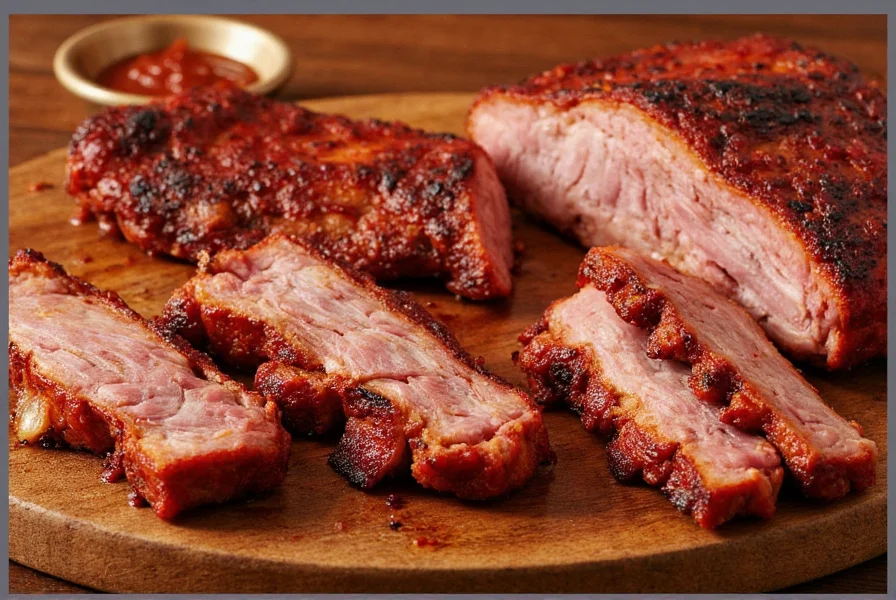
In this article, we’ll dive into the five most popular pork rib cuts, explore their characteristics, and help you pick the right one based on your cooking style, flavor preferences, and spice game. Let’s get ribby!
Cut #1: Baby Back Ribs – The Tender VIPs
Baby back ribs come from the top of the rib cage, right beneath the loin muscle. These are the leanest, most tender, and arguably the most elegant of all rib cuts.
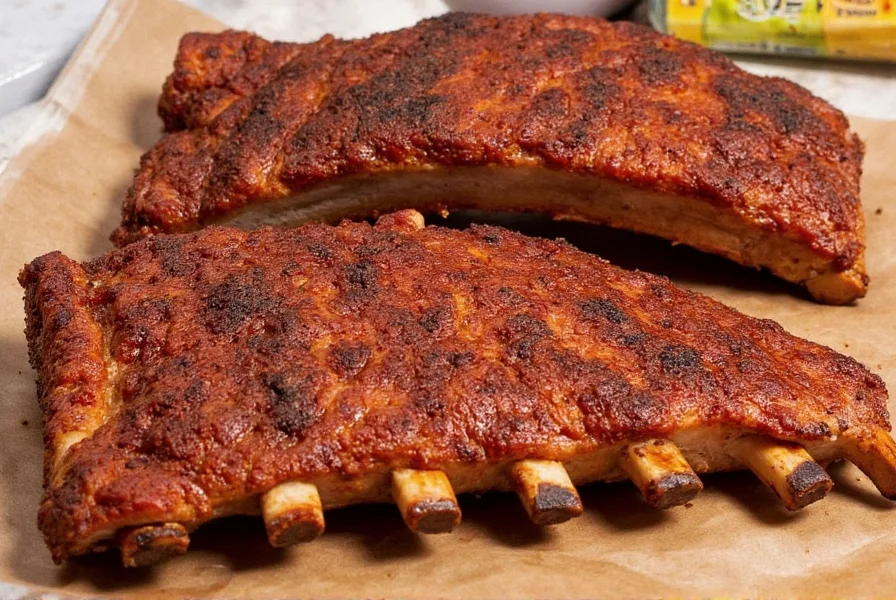
Pros:
- Tender and meaty
- Perfect for grilling
- Great for those who prefer less fat
Cons:
- Can dry out quickly if overcooked
- More expensive per pound
Spice Tip:
Because baby backs are so lean, they benefit from bold, sweet-spicy rubs like brown sugar, smoked paprika, cayenne pepper, and garlic powder. Try them with an Asian-inspired marinade featuring ginger, soy sauce, and chili flakes for a fiery kick.
Cut #2: Spare Ribs – The Flavor Bombs
Spare ribs come from the lower portion of the ribcage. They’re meatier than baby backs but also fattier and more sinewy, which means more flavor when cooked low and slow.
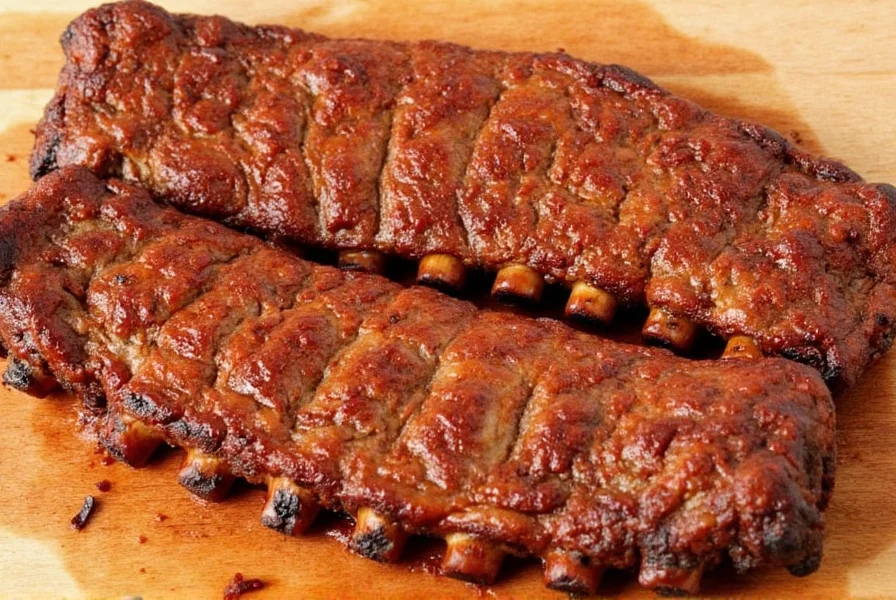
Pros:
- Rich, deep flavor
- Excellent for smoking or slow roasting
- Cost-effective compared to baby backs
Cons:
- Less uniform shape makes even cooking tricky
- Fattier and may be too rich for some
Spice Tip:
These meaty slabs love heavy-duty seasoning. Think Kansas City classics with mustard base, molasses, chili powder, and black pepper. Or go Texan with a simple salt and coarse-ground black pepper rub to let the smoky richness shine through.
Cut #3: Country Style Ribs – The Misleading MVP
Despite their name, country style ribs don’t actually come from the rib section. They’re cut from the shoulder (blade end) or near the loin, giving them a steak-like thickness and density.
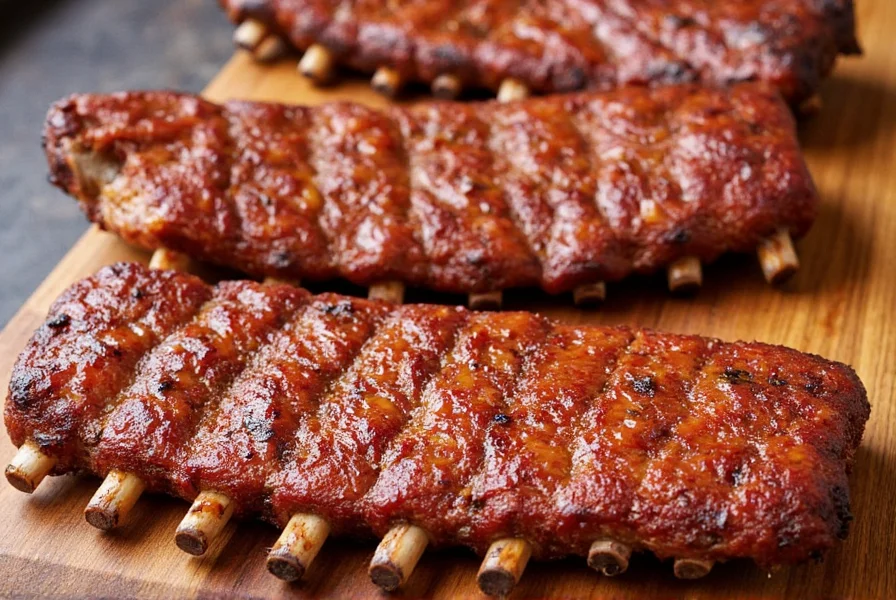
Pros:
- Meaty and thick, almost like chops
- Great for pressure cookers or quick searing
- Bold enough to handle spicy, exotic seasonings
Cons:
- Can be tough if not cooked properly
- May lack the iconic ‘rib’ chew that fans crave
Spice Tip:
Since these are dense and hearty, they can take aggressive spice blends like jerk seasoning, berbere, or Szechuan peppercorn. Marinate overnight for maximum penetration and depth of flavor.
Cut #4: St. Louis Cut Ribs – The Cleaned-Up Champion
St. Louis cut ribs are essentially spare ribs that have been trimmed down—flatter, more rectangular, and without the breastbone or cartilage flaps. This makes them easier to cook evenly and visually appealing.
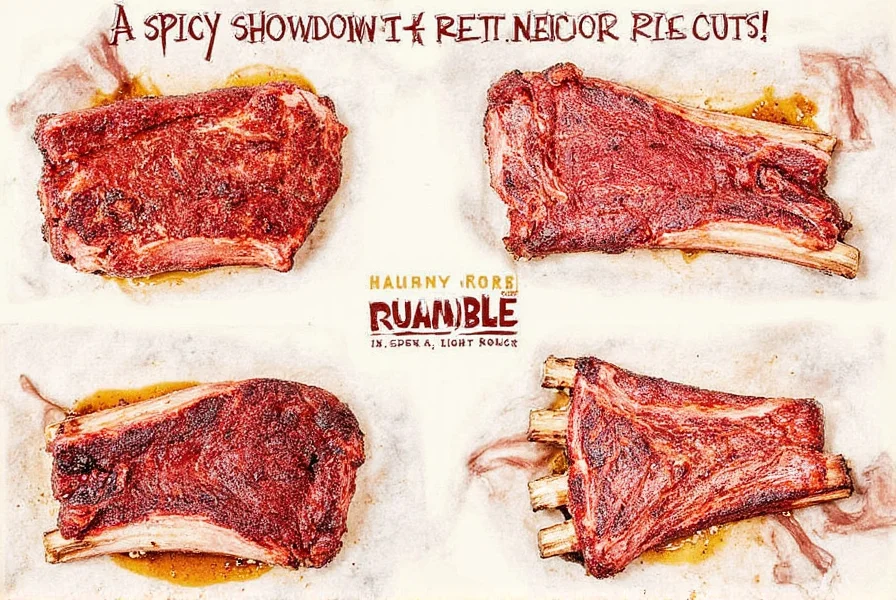
Pros:
- Uniform shape for consistent cooking
- Clean presentation
- Easier to handle during grilling or smoking
Cons:
- Trimming removes some flavorful parts
- More processed than regular spare ribs
Spice Tip:
They work well with traditional American BBQ styles but also excel with fusion flavors like honey-chipotle glaze or tandoori yogurt marinade. Brush with a spicy mop sauce while smoking for extra moisture and heat.
Cut #5: Rib Tips – The Hidden Gem
Rib tips are the small, meaty pieces cut from the ends of spare ribs. Often overlooked, they pack tons of flavor and are perfect for soups, stews, or crispy fried bites.
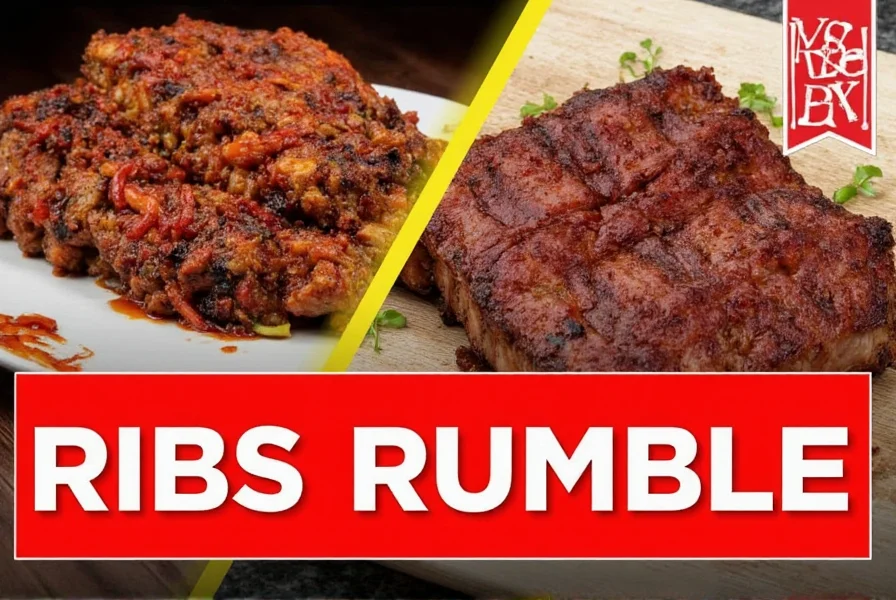
Pros:
- Inexpensive and flavorful
- Perfect for shredding or dicing
- Ideal for adding depth to broths and sauces
Cons:
- Small pieces can burn easily if grilled
- Harder to find fresh in many supermarkets
Spice Tip:
Use them as a protein boost in gumbo, ramen, or pho. For a fun twist, toss with Korean gochujang glaze and air fry until crispy for spicy rib tip bites!
Pork Rib Comparison Table
| Cut Name | Source | Texture | Flavor | Best Cooking Method | Spice Compatibility |
|---|---|---|---|---|---|
| Baby Back | Top of rib cage | Tender | Mild | Grill / Roast | Sweet-spicy, Asian |
| Spare Ribs | Lower rib cage | Meaty, fatty | Rich | Smoke / Braise | Classic BBQ, Pepper |
| Country Style | Shoulder/loin area | Dense | Hearty | Pan-sear / Pressure Cook | Jerk, Berbere |
| St. Louis Cut | Trimmed spare ribs | Evenly textured | Concentrated | Smoke / Grill | Honey-chipotle, Tandoori |
| Rib Tips | Ends of spare ribs | Fatty, bite-sized | Intense | Simmer / Fry | Gochujang, Cajun |
Buying Guide: Choosing the Right Rib Cut for You
Whether you're buying from a butcher shop or your local grocery store, here’s what to look for in each rib cut:
- Baby Back Ribs: Look for pale pink color, minimal fat, and firm texture. Avoid grayish tones or strong odor.
- Spare Ribs: Seek out meaty slabs with visible marbling. Trim any excess flap meat yourself for cleaner results.
- Country Style Ribs: Go for thick, evenly cut pieces with good marbling. Ideal for slicing into steaks or cubes.
- St. Louis Cut: Ensure the ribs are neatly squared off with no leftover cartilage or uneven edges.
- Rib Tips: Opt for fresh ones with good meat-to-fat ratio. Frozen packs are okay, but check for freezer burn.
Target Audience: Beginner to advanced home cooks, competitive pitmasters, and adventurous foodies looking to elevate their spice game.
Spice Pairings by Rib Cut
Want to level up your rib game? Here's how to match spices with different rib cuts for maximum flavor impact:
- Baby Back: Honey chipotle, maple bourbon, or Thai lemongrass rub
- Spare Ribs: Kansas City sweet BBQ, Memphis dry rub, or Texas-style coffee-crusted
- Country Style: Jamaican jerk, Middle Eastern za'atar, or Mexican adobo
- St. Louis Cut: Smoked paprika-garlic blend, Italian herb-infused oil, or Korean bulgogi glaze
- Rib Tips: Cajun boil spice mix, Sichuan peppercorn stir-fry, or Moroccan ras el hanout stew
Cooking Methods: Finding Your Rib Rhythm
Each cut responds differently to various cooking techniques. Here's a breakdown of how to maximize flavor depending on the method:
- Low and Slow Smoking: Ideal for spare ribs and St. Louis cuts. Wrap in foil halfway through for tender fall-off-the-bone texture.
- Grilling: Best for baby backs and St. Louis cut. Use indirect heat and baste with sauce near the end to avoid burning.
- Pressure Cooking: Perfect for country style ribs or rib tips. Infuse with bold spices and aromatics for fast, tender results.
- Pan-Seared: Works great with thick slices of country style ribs. Finish with a spicy butter sauce for decadence.
- Air Frying: Crispy rib tips are a game-changer. Toss with cornstarch and chili paste for extra crunch.
Conclusion: Which Cut Reigns Supreme?
The truth is, there’s no single “best” rib cut — it all comes down to your personal taste, cooking style, and how far you want to push your spice envelope. If you're after tenderness and a clean finish, go for baby backs. If you're chasing flavor intensity and a bit of chew, spare ribs are your jam. Country style ribs give you versatility, while St. Louis cuts offer a polished alternative. And let’s not forget the underrated rib tips — they might be tiny, but they punch way above their weight in flavor.
So next time you're staring down the cooler at the butcher counter, remember: every cut has its own superpower. Match it with the right spices, and you’ve got yourself a rib masterpiece.
Now fire up that grill, grab your favorite spice rack, and let those ribs rumble!

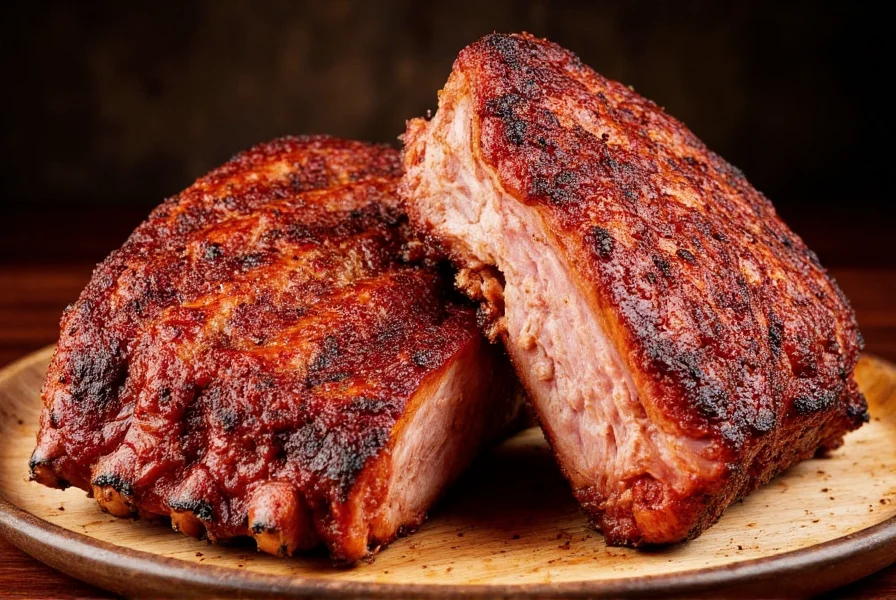









 浙公网安备
33010002000092号
浙公网安备
33010002000092号 浙B2-20120091-4
浙B2-20120091-4